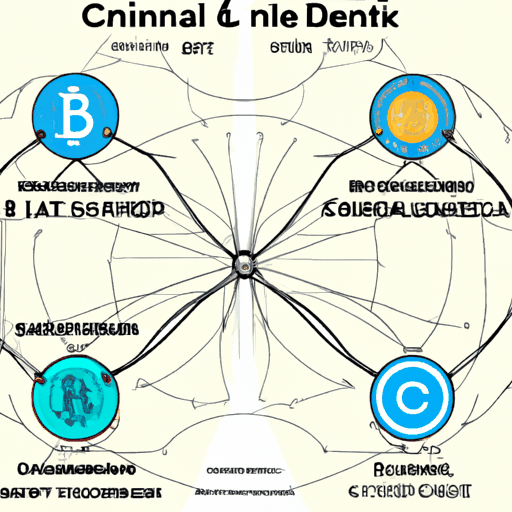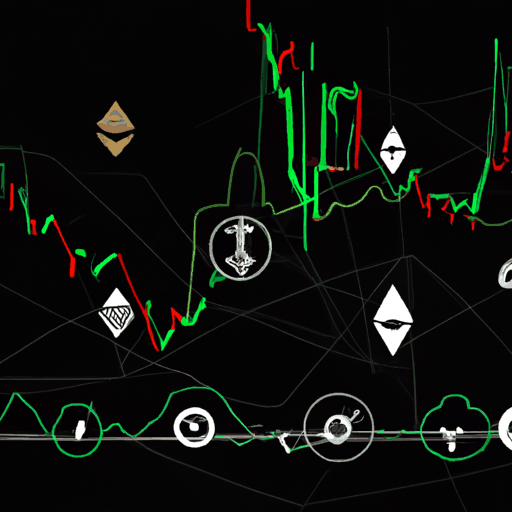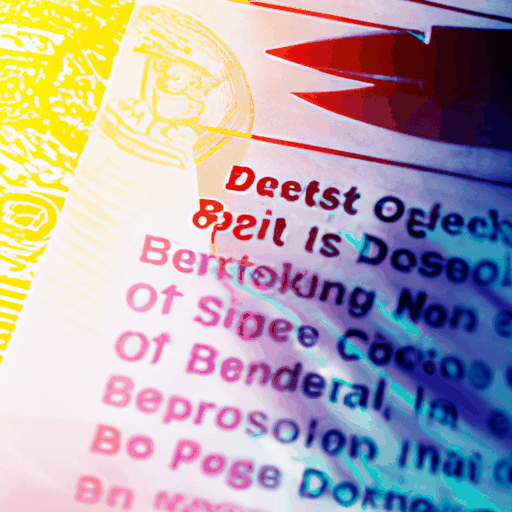
Advanced Concept: Centralized VS Decentralized Governance in Stablecoins
By: Isha Das
Stablecoins are digital assets designed to maintain a stable value relative to a fiat currency or a basket of goods. Among the prevailing themes in the recent cryptocurrency debate is the governance structure of stablecoins, which piques interest due to implications on security, transparency, and trust.
Traditionally, stablecoins can be divided between centralized and decentralized governance models. Centralized stablecoins, like USD Coin (USDC) and Tether (USDT), are issued and controlled by organizations that manage their reserve audits and compliance. Users need to trust these entities to maintain the asset backing required to ensure price stability.
On the other hand, decentralized stablecoins, such as DAI under the MakerDAO protocol, operate via automated smart contracts and decentralized governance structures wherein token holders vote on key decisions. These coins eliminate the need for trust in any single entity, but they introduce complex governance and systemic risks due to their dependence on collateralization methods and market dynamics.
Governance in stablecoins has profound implications on the legal and financial responsibilities of the issuing entities. Centralized models allow swift policy implementation, yet they are susceptible to government regulations and possible centralized power abuses. Conversely, decentralized models offer resilience against censorship and align with the core ethos of cryptocurrency; however, they require sophisticated understanding and engagement from the community to function effectively.
In the context of recent controversies, like the alleged USD1 stablecoin ties with Binance, it highlights the intricate balance of governance and decentralized finance (DeFi). A case study involves examining how controlling interests and alleged collusion can affect perceptions and operational dynamics within the crypto ecosystem.
As stablecoins gain prominence, understanding the balance between centralized expediency and decentralized innovation becomes critical for investors and developers alike. Governance remains at the heart of stablecoin discussions, influencing everything from policy compliance to technological advancements within the space.



